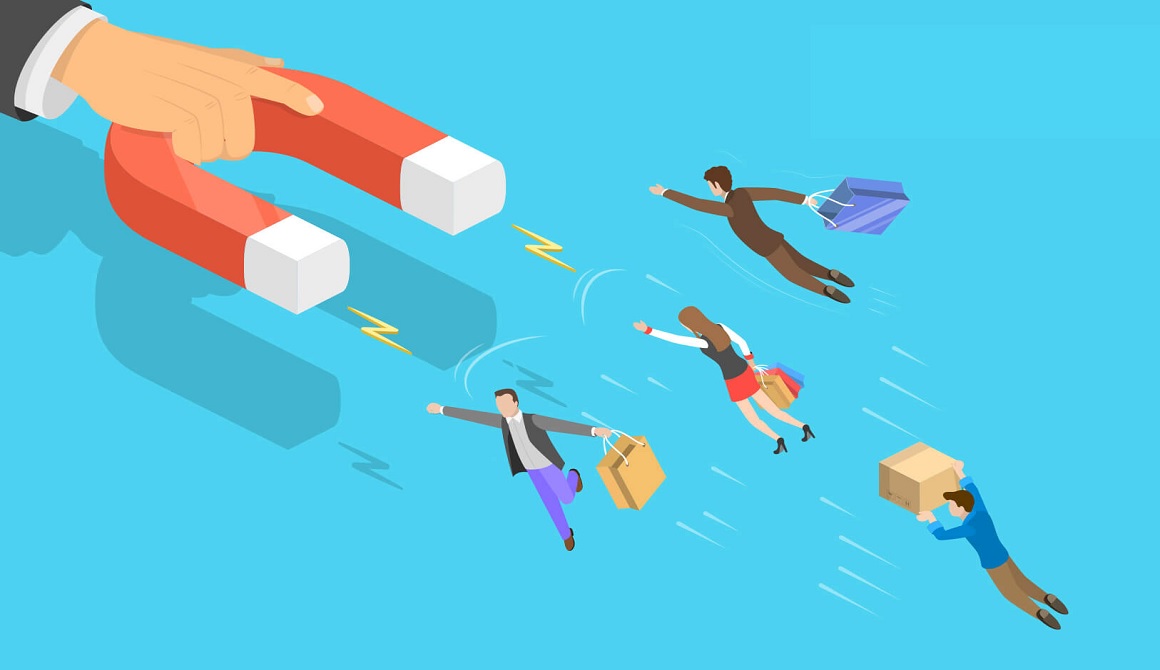In a world where customers are bombarded with endless choices, cultivating customer loyalty has become a top priority for businesses. The year 2023 has brought a plethora of changes in consumer behaviors, fueled by technological advancements and the ongoing ripple effects of the pandemic, inflation rates, and other economical factors. That begs the question, is consumer loyalty getting easier to manage in 2023, or are we amidst a time of turmoil forcing consumers in other directions? Let’s explore.
Table of Contents
The Changing Landscape of Customer Loyalty
Contrary to popular belief, customer loyalty isn’t just about repeat purchases anymore. It has evolved into a more holistic concept encompassing customer engagement, satisfaction, and advocacy. Accenture’s Global Consumer Pulse Research reveals that 77% of consumers are no longer as loyal to brands as they were a year ago, while 46% are more likely to switch brands than they were ten years ago.
That shows that, while customers today have more options than ever before, they also have more reasons to remain loyal if businesses can provide them with value beyond the product or service itself. That is, in fact, easier than focusing on driving repeat purchases or onboarding new customers.
The Emergence of Loyalty Programs
The impact of loyalty programs on consumer incentive to shop and retention cannot be overstated – and yes, it’s making consumer loyalty easier in 2023. According to a report from Bond Brand Loyalty, 77% of consumers stay with brands that have loyalty reward programs. This statistic demonstrates that rewarding customers for their loyalty is a winning strategy in 2023. Programs are often tiered, offering a structured reward program tailored to spending – it’s the perfect way to keep people wanting more. Visit incentivesmart.com for more information.
The Power of Personalization
Personalization has become a significant factor in shaping customer loyalty. Salesforce research indicates that 66% of consumers are likely to switch brands if they feel treated like a number instead of an individual. However, a staggering 91% of consumers are more likely to shop with brands that provide offers and recommendations that are relevant to them. Hence, businesses that utilize customer data to deliver personalized experiences in 2023 are gaining an edge in fostering customer loyalty.
The Rise of Omnichannel Experience
Providing an omnichannel customer experience has become an essential factor for businesses in 2023. A Harvard Business Review study shows that omnichannel customers spend 4% more in-store and 10% more online than customers who use single channels. For every additional channel they use, customers spend more money.
Plus, Gartner and McKinsey & Co have now published numerous studies that talk about omnichannel no longer being a choice – particularly for B2B brands that were behind in the omnichannel race – but a necessity. Their studies conclude you need at least ten channels of access to stay ahead in the business race. More omnichannel = more loyalty.
While earning customer loyalty may seem more complex in 2023, it also provides businesses with an opportunity to connect with their customers on a deeper level. By understanding and adapting to these changing dynamics – embracing personalization, investing in loyalty programs, and creating an omnichannel experience – businesses can not only retain their customers but turn them into advocates. Despite the changing landscape, the age-old adage still holds: a satisfied customer is the best business strategy of all.
